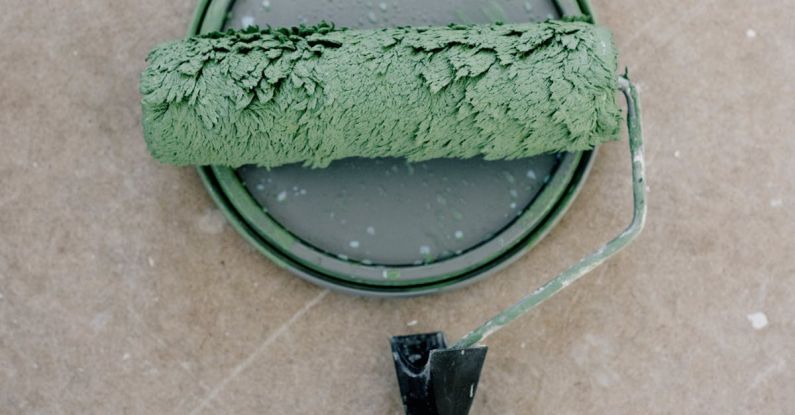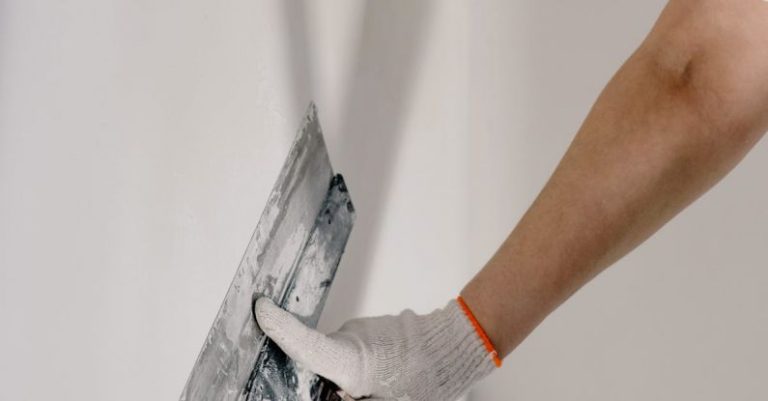How to Repair Composite Materials: a Handy Guide
Composite materials are becoming increasingly popular in various industries due to their lightweight, durable, and versatile nature. However, like any material, composites can get damaged over time. Whether it’s a crack, chip, or scratch, knowing how to repair composite materials can extend their lifespan and maintain their structural integrity. In this handy guide, we will explore the different methods and techniques for repairing composite materials effectively.
Understanding Composite Materials
Before diving into the repair process, it’s essential to understand what composite materials are made of. Composites are typically composed of two or more materials that, when combined, create a material with enhanced properties. Common types of composites include carbon fiber, fiberglass, and Kevlar. These materials are known for their strength, stiffness, and corrosion resistance, making them ideal for a wide range of applications.
Identifying the Damage
The first step in repairing composite materials is to identify the type and extent of the damage. Whether it’s a small crack or a larger impact, assessing the damage will help determine the best repair approach. Inspect the damaged area carefully, looking for any signs of delamination, cracks, or surface imperfections. Understanding the scope of the damage will guide you in selecting the appropriate repair method.
Surface Preparation
Proper surface preparation is crucial for a successful composite repair. Start by cleaning the damaged area thoroughly to remove any dirt, debris, or contaminants. Use a mild detergent and water to clean the surface, ensuring it is completely dry before proceeding. Next, lightly sand the damaged area to create a rough surface for better adhesion. Be careful not to sand too aggressively, as it can weaken the surrounding material.
Repair Techniques
There are several techniques for repairing composite materials, depending on the type and extent of the damage. Here are some common repair methods:
Filling: For minor surface imperfections such as scratches or chips, filling the damaged area with a compatible filler can restore the surface finish. Make sure to choose a filler that is specifically designed for use with composite materials.
Patch Repair: Patch repair is suitable for larger damage areas, such as cracks or holes. Cut a piece of composite fabric slightly larger than the damaged area and apply it using a suitable resin. Ensure the patch is securely bonded to the substrate and smooth out any air bubbles or excess resin.
Composite Resin Injection: For delamination or internal damage, resin injection can be an effective repair method. Drill small holes near the damaged area and inject a compatible resin to fill the voids and bond the layers together. This method is commonly used for structural repairs in composite materials.
Curing and Finishing
After applying the chosen repair method, allow the composite material to cure according to the manufacturer’s instructions. This typically involves letting the resin harden and bond the damaged area. Once the repair is fully cured, sand the surface to achieve a smooth finish. Depending on the desired outcome, you may choose to paint or apply a protective coating to the repaired area.
Maintaining Composite Materials
Regular maintenance is key to preserving the integrity of composite materials and preventing future damage. Inspect composite components periodically for any signs of wear, impact, or stress. Address any issues promptly to avoid further damage and ensure the longevity of the material.
In summary, repairing composite materials requires careful assessment, surface preparation, and the appropriate repair technique. By understanding the nature of composites and following the recommended repair methods, you can effectively restore damaged areas and prolong the lifespan of composite materials. Remember to prioritize safety and quality in all repair efforts to maintain the structural integrity of composite components.






